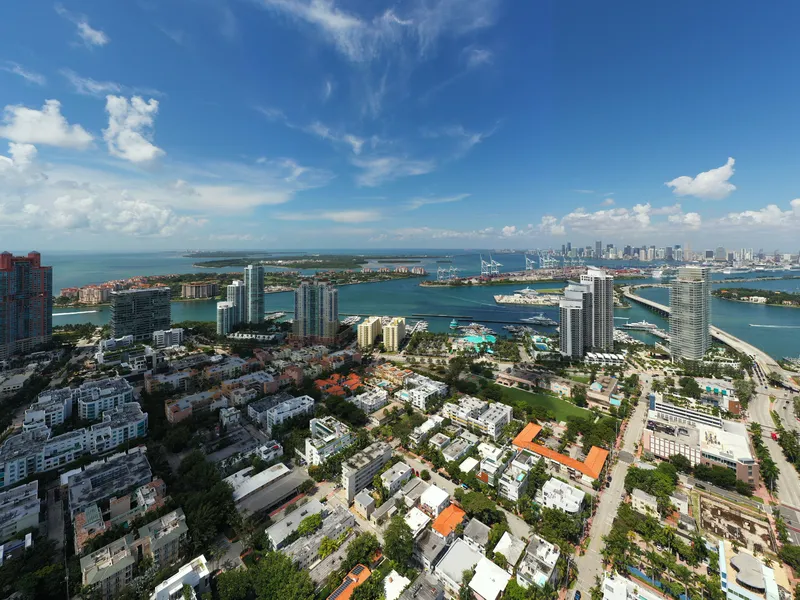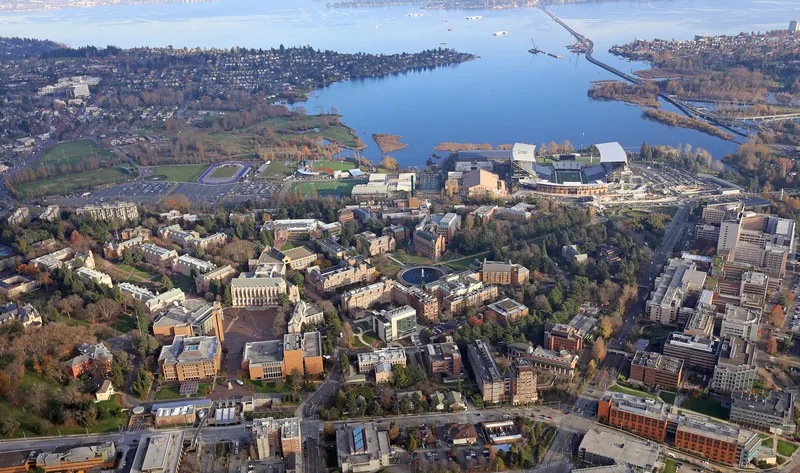StreeLight Data claims its ‘Bike and Pedestrian Essentials’ will help communities better understand transportation usage, safety and priorities for bike lanes and other infrastructure.
Sean Co, StreetLight’s director of special projects, says San Francisco has 75 bicycle sensors which “only offer a partial perspective on bike traffic” but the company’s virtual sensors “cover nearly every city block”.
He insists that overlaying collision counts with StreetLight’s Activity Index across an entire city allows transportation agencies to pinpoint bicycle collision rates and prioritise where to act first.
“From 2015 to 2018, San Francisco saw over 1,400 bike injuries and fatal collisions,” he continues. “However, as StreetLight’s bike activity overlay reveals, transportation agency safety initiatives can be focused on a subset of roads with the highest exposure (where both bike traffic and collision rates are highest).”
The software tier will also provide metrics to help transportation professionals assess trip volume between and within zones to identify demand as well as travel distance and speed to address first- and last-mile connections, the company adds.
StreetLight Data offers dashboard of bike and pedestrian metrics
StreetLight Data has unveiled a tier of its InSight software which it says offers metrics to help transportation planners improve bike, scooter and pedestrian infrastructure.
October 24, 2019
Read time: 1 min








